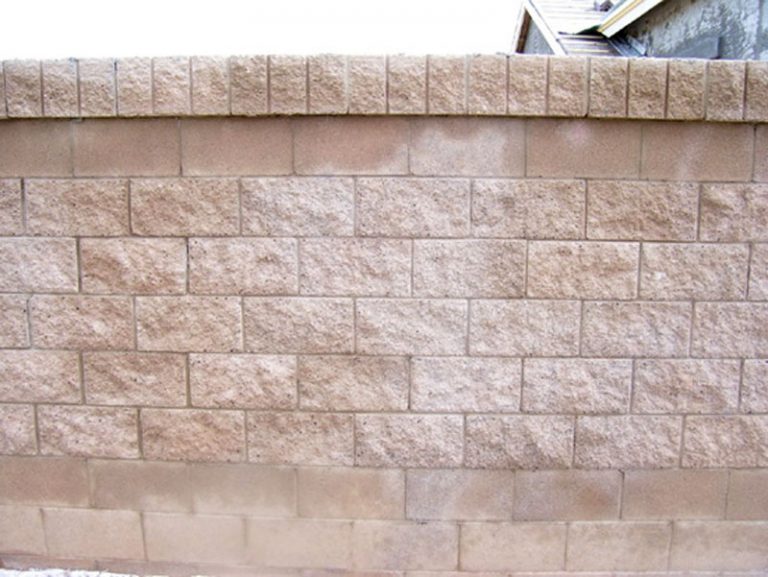Frequently Asked Questions
How do I remove graffiti from glass surfaces without scratching?
Removing graffiti from glass surfaces without scratching requires careful techniques. Use a specialized graffiti remover or a mixture of warm soapy water with a soft sponge, applying gentle pressure to lift the paint without damaging the glass.
Can I use household cleaners to remove graffiti from metal surfaces?
Household cleaners are generally not recommended for removing graffiti from metal surfaces. They may not effectively eliminate the paint and could potentially damage the metal's finish. For the best results, consider using specialized graffiti removal products or professional services.
Can graffiti be removed from plastic surfaces without damaging them?
Graffiti can be removed from plastic surfaces without causing damage when using the appropriate cleaning methods and products. Miracle Maintenance employs specialized techniques to ensure effective graffiti removal while preserving the integrity of the plastic material.
How do I remove graffiti from wood without damaging the finish?
Removing graffiti from wood without damaging the finish requires careful techniques. Use a gentle solvent or graffiti remover specifically designed for wood, applying it with a soft cloth. Always test in an inconspicuous area first to ensure no damage occurs.
How do I clean off graffiti from wood fences and decks?
Cleaning off graffiti from wood fences and decks involves using a pressure washer or a specialized graffiti remover. Ensure to test the solution on a small area first to avoid damaging the wood, and follow up with a sealant for protection.
What are the best methods for removing graffiti from concrete walls?
The best methods for removing graffiti from concrete walls include pressure washing, chemical graffiti removers, and abrasive blasting. Each method effectively targets different types of graffiti, ensuring a clean and restored surface.
What are the best methods for cleaning off graffiti from walls?
The best methods for cleaning off graffiti from walls include pressure washing, chemical removers, and abrasive techniques, with the choice depending on the wall surface and the type of graffiti. Professional services like Miracle Maintenance can ensure effective and safe removal.
What are the most effective graffiti removal products available?
The most effective graffiti removal products available include biodegradable solvents, pressure washers, and specialized graffiti removal gels. These products are designed to effectively break down paint without damaging the underlying surface, ensuring a thorough and safe cleaning process.
What are the risks of using harsh chemicals to remove graffiti?
The risks of using harsh chemicals to remove graffiti include potential damage to surfaces, environmental harm, and health hazards for both workers and the public. It's essential to consider safer alternatives that effectively address graffiti without these risks.
Are there any eco-friendly graffiti removal products available?
Eco-friendly graffiti removal products are indeed available. Miracle Maintenance utilizes biodegradable and non-toxic solutions that effectively remove graffiti while minimizing environmental impact, ensuring a safe approach for both surfaces and surrounding areas.
How do I clean graffiti off brick walls without damaging them?
Cleaning graffiti off brick walls without causing damage involves using gentle methods such as a soft brush and water, along with specialized graffiti removers designed for masonry. Always test in a small area first to ensure safety.
What is the best graffiti removal product for brick walls?
The best graffiti removal product for brick walls is a biodegradable solvent-based cleaner specifically designed for masonry surfaces. These products effectively break down paint and ink without damaging the brick, ensuring a safe and thorough removal process.
How do I remove graffiti from concrete surfaces quickly?
Removing graffiti from concrete surfaces quickly involves using high-pressure water jets or specialized chemical removers designed for concrete. Additionally, employing a professional service like Miracle Maintenance ensures effective and safe removal without damaging the surface.
What tools are best for graffiti removal?
The best tools for graffiti removal include pressure washers, chemical removers, scrapers, and sandblasters. Selecting the right tool depends on the surface type and the graffiti's material, ensuring effective and safe cleaning.
How can I prevent graffiti on surfaces?
Preventing graffiti on surfaces involves applying protective coatings, such as anti-graffiti sealants, and maintaining regular inspections to deter vandalism. Additionally, enhancing lighting and visibility in areas prone to graffiti can further discourage such activities.
What is the safest graffiti removal method?
The safest graffiti removal method involves using eco-friendly solvents and low-pressure washing techniques. These methods effectively eliminate graffiti while minimizing damage to surfaces and ensuring the safety of both the environment and the individuals involved.
How long does graffiti removal take?
The duration of graffiti removal varies based on factors such as the surface type, the extent of the graffiti, and the cleaning method used. Typically, it can take anywhere from a few hours to a full day.
What surfaces are hardest to clean graffiti from?
The surfaces hardest to clean graffiti from include porous materials like brick and concrete, as well as textured surfaces that absorb paint. These materials often require specialized techniques and products for effective removal.
Can I use vinegar for graffiti removal?
Vinegar can be used for graffiti removal, but its effectiveness depends on the surface and the type of paint. For best results, consider professional services like Miracle Maintenance for thorough and safe graffiti removal.
What are the costs of professional graffiti removal?
The costs of professional graffiti removal vary based on factors such as the size and location of the graffiti, the surface material, and the cleaning method used. Typically, prices can range from $100 to $500 or more for extensive jobs.
How do I test graffiti removal products?
Testing graffiti removal products involves applying a small amount to an inconspicuous area of the surface to assess effectiveness and any potential damage. Always follow manufacturer instructions and evaluate results before full application.
What is the best way to remove spray paint?
The best way to remove spray paint involves using a suitable solvent or paint remover specifically designed for the surface in question. For effective results, it's recommended to test the product on a small area first and follow the manufacturer's instructions.
Are there any DIY graffiti removal techniques?
DIY graffiti removal techniques include using a mixture of baking soda and water, vinegar, or commercial graffiti removers. However, effectiveness varies by surface, and professional help from services like Miracle Maintenance is often recommended for best results.
How do I protect surfaces after graffiti removal?
Protecting surfaces after graffiti removal involves applying a high-quality sealant or protective coating. This helps to prevent future graffiti and makes cleaning easier, ensuring the surface remains clean and aesthetically pleasing.
What should I avoid when removing graffiti?
When removing graffiti, you should avoid using harsh chemicals that may damage the surface, applying excessive pressure that could cause further harm, and neglecting to test methods on a small area first to ensure effectiveness and safety.
How effective are commercial graffiti removal products?
The effectiveness of commercial graffiti removal products varies based on the type of surface and the nature of the graffiti. Generally, these products are designed to efficiently break down and eliminate graffiti, ensuring a thorough and safe cleaning process.
What is the best time to remove graffiti?
The best time to remove graffiti is as soon as it appears. Prompt removal minimizes damage to surfaces and helps maintain the aesthetic of the area, deterring further vandalism.
Can I use pressure washing for graffiti removal?
Pressure washing can be an effective method for graffiti removal, especially on durable surfaces like concrete and brick. However, it may not be suitable for all materials, as it can damage softer surfaces.
What are the environmental impacts of graffiti removal?
The environmental impacts of graffiti removal include potential chemical runoff from cleaning agents, which can harm local ecosystems. However, using eco-friendly methods minimizes these effects, ensuring a safer approach for both the environment and public spaces.
How do I choose a graffiti removal service?
Choosing a graffiti removal service involves evaluating their experience, cleaning methods, and safety protocols. Look for a provider like Miracle Maintenance that specializes in effective and safe graffiti removal tailored to various surfaces.











No Comments
Sorry, the comment form is closed at this time.